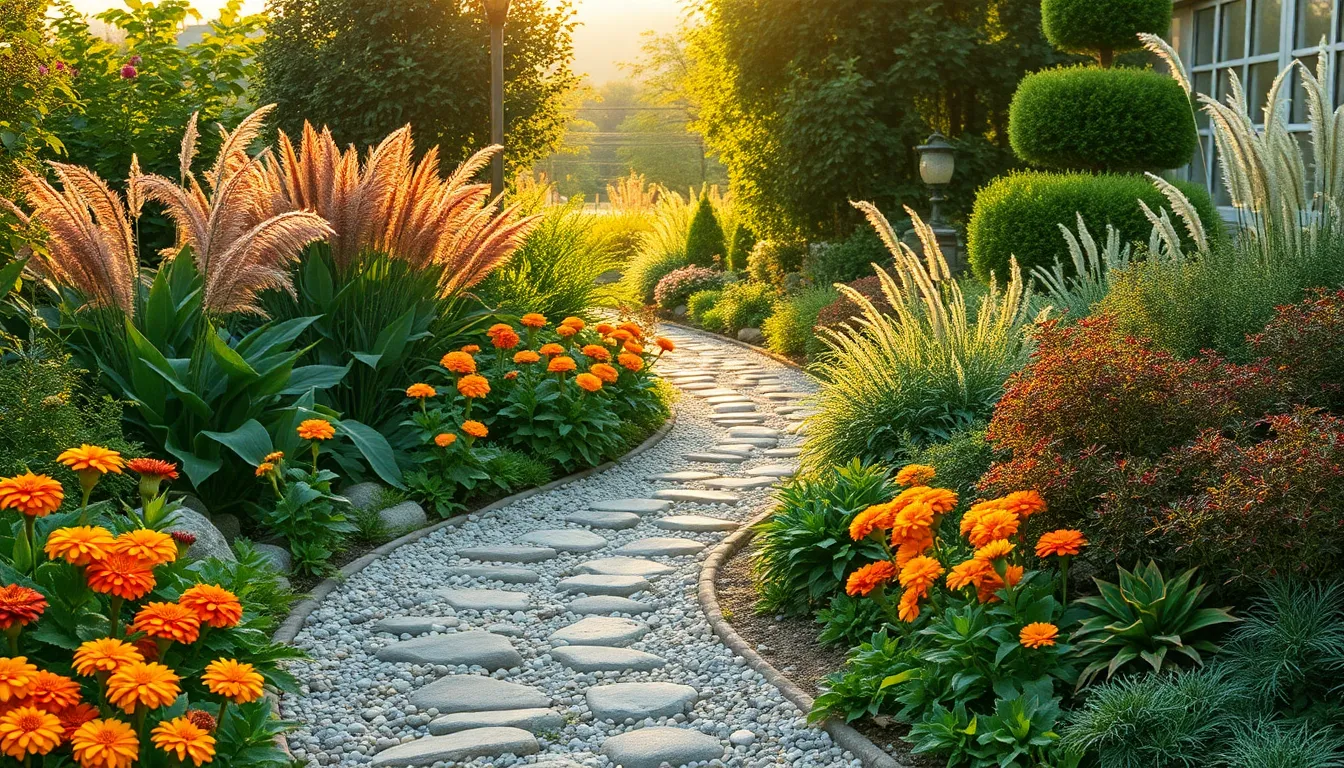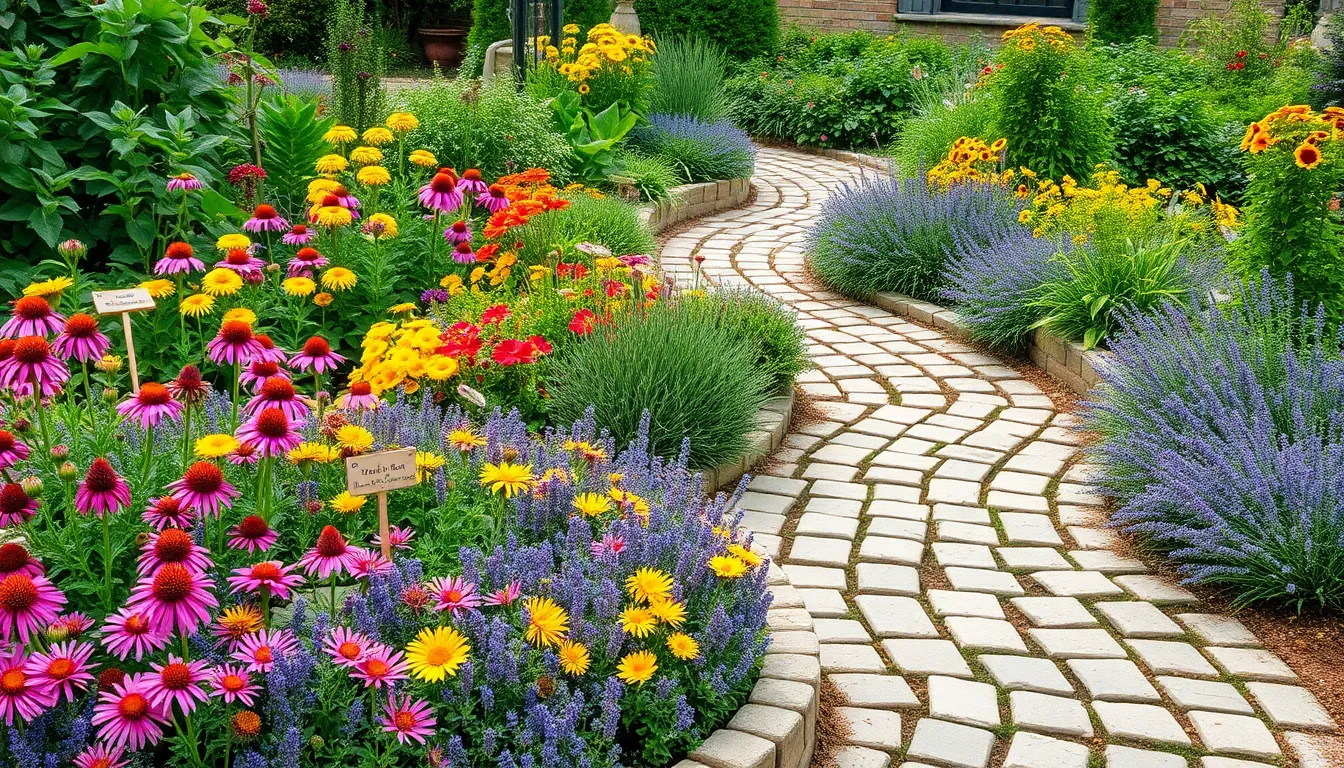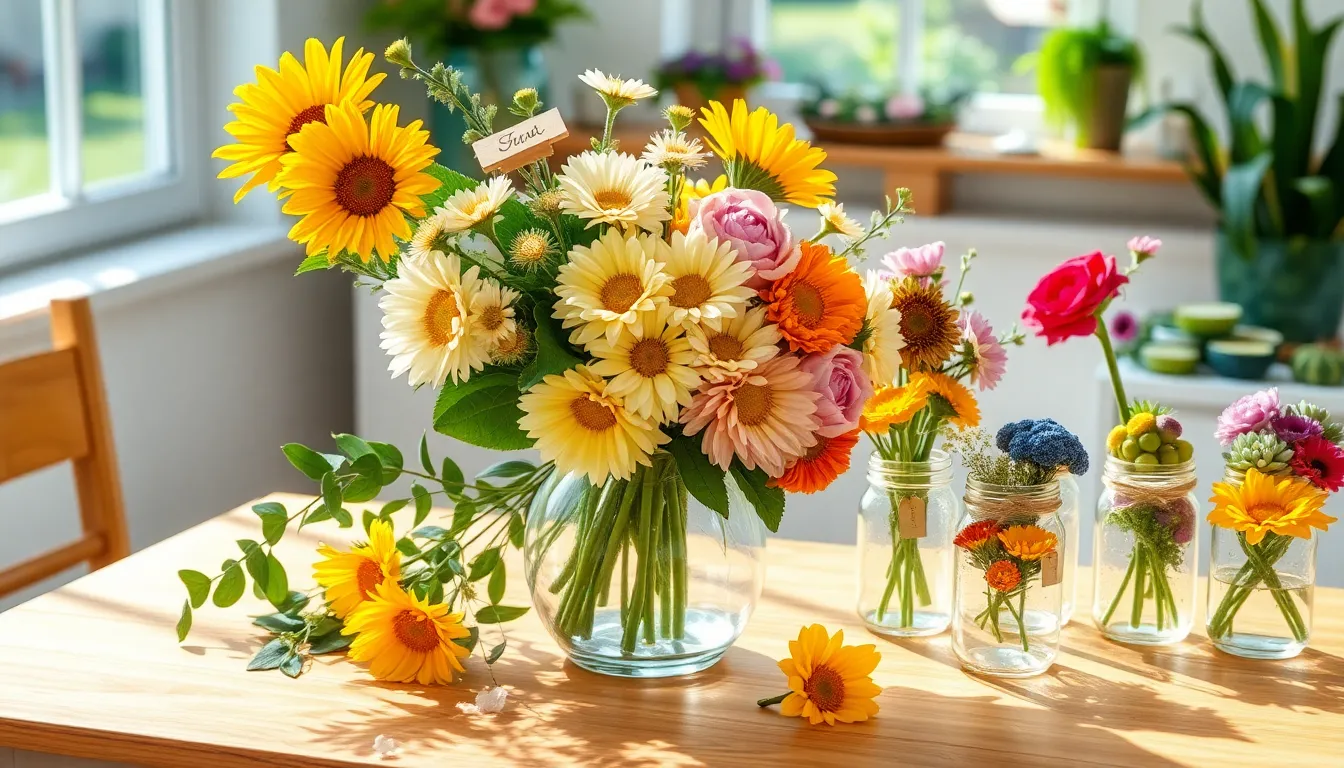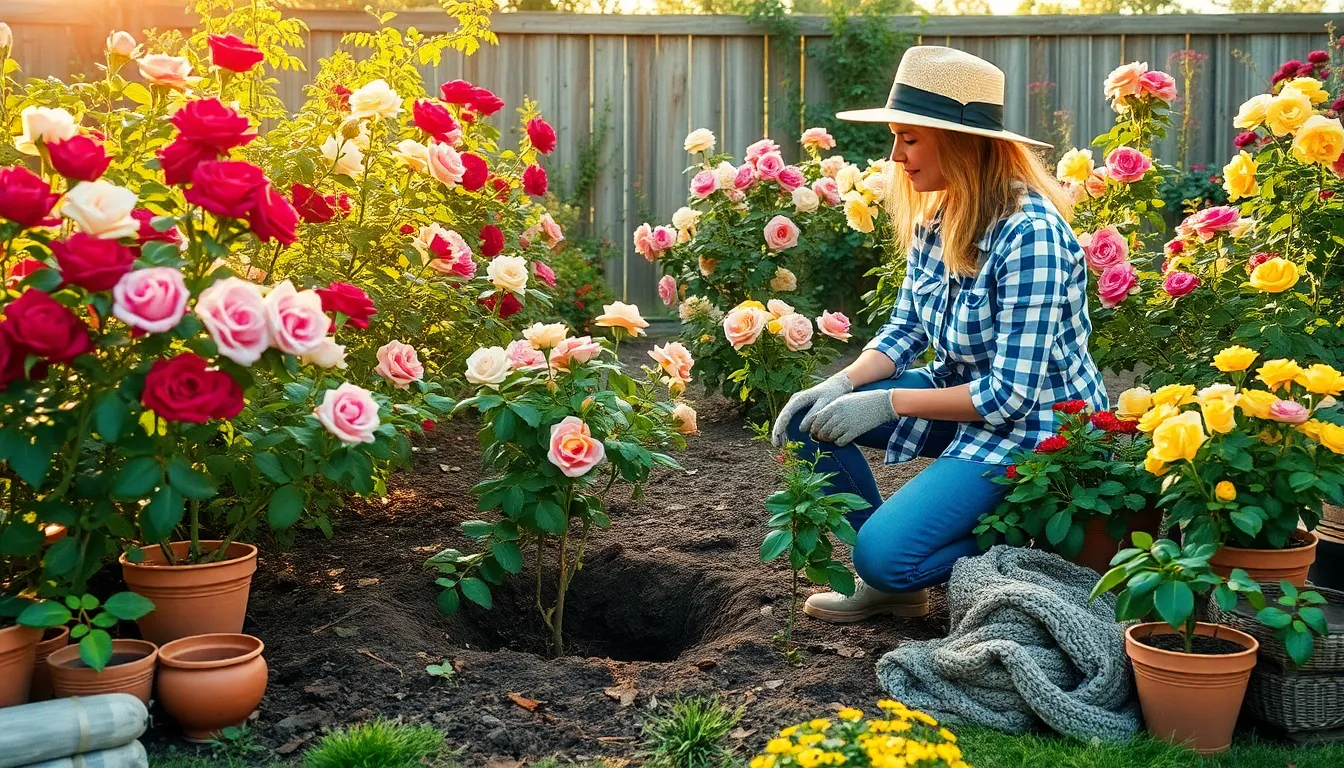Stepping through a garden should feel like embarking on a journey, where each step reveals a new perspective and invites a deeper connection with nature. Whether you’re an enthusiastic beginner or a seasoned horticulturist, designing a garden pathway is a delightful way to enhance your outdoor space, seamlessly blending beauty with functionality.
Garden pathways are more than just routes to navigate your landscape; they are opportunities to showcase your creativity and personal style. In this article, you’ll discover how to choose the right materials, consider the flow of your garden, and incorporate elements that will make your pathway a charming focal point.
By understanding the fundamentals of pathway design, you can create a garden path that not only guides the eye but also harmonizes with the natural surroundings. We’ll explore practical tips and ideas to help you craft a path that not only suits your garden’s aesthetic but also meets your practical needs, ensuring every garden stroll is a pleasure.
Plan Your Pathway Layout
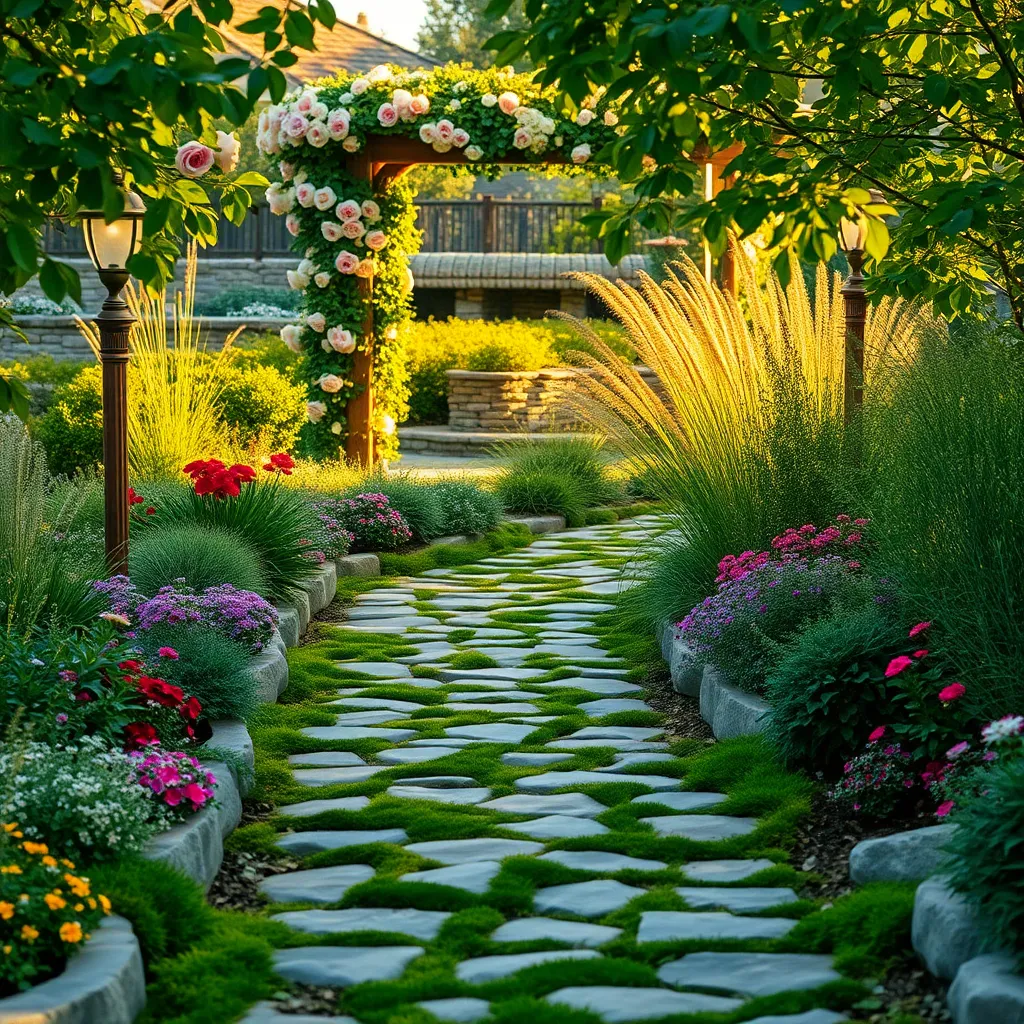
Designing a garden pathway layout requires consideration of both aesthetics and functionality. Begin by mapping out the primary routes you take through your garden, taking note of areas that receive high foot traffic.
Next, consider the materials you want to use for your pathways, such as gravel, stepping stones, or brick. Each material offers different benefits; for instance, gravel is cost-effective and provides excellent drainage, while bricks offer a more polished look.
Think about the width of your pathways to ensure they are both comfortable and practical. A width of at least 3 feet is recommended for pathways you use regularly, allowing two people to walk side by side.
Incorporating curves and meanders in your pathway can create a more natural feel and reveal beautiful garden views. Use plants like lavender or creeping thyme along the edges to soften the look and add fragrance.
For added interest, vary the materials and patterns in different sections of the pathway. This not only enhances the visual appeal but also helps to define distinct garden zones, making your garden feel more expansive.
Select Suitable Path Materials
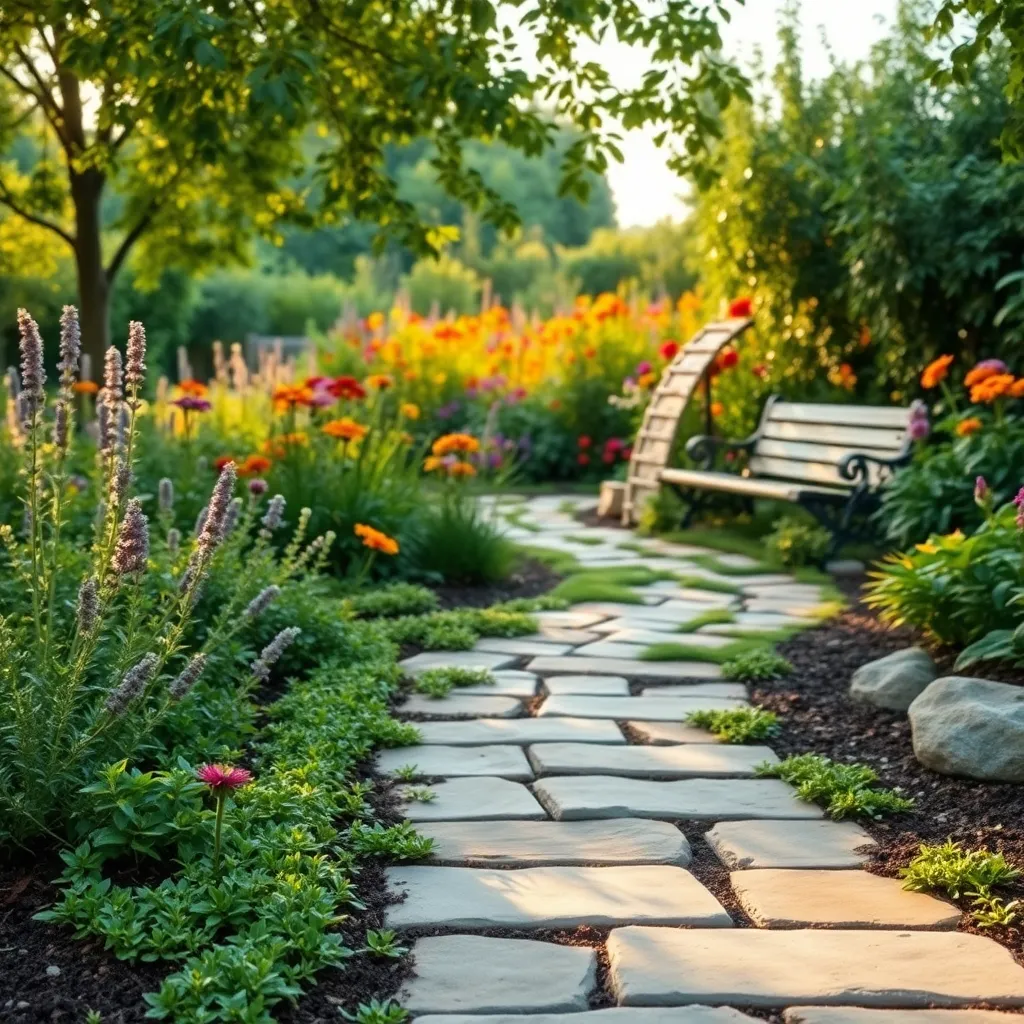
Choosing the right materials for your garden path can significantly enhance the beauty and functionality of your landscape. Consider factors such as durability, aesthetic appeal, and ease of maintenance when selecting your materials.
Gravel is a popular choice for garden paths due to its affordability and ease of installation. To ensure proper drainage and weed prevention, lay down a landscape fabric beneath the gravel, and use a rake to maintain a smooth surface.
For a more elegant look, consider using natural stone like flagstone or slate, which are durable and blend well with a variety of garden styles. Ensure these stones are laid on a stable base of compacted sand or crushed stone to prevent shifting over time.
Brick paths add a classic charm and are perfect for creating structured, formal pathways. When laying bricks, use a herringbone or basket weave pattern for added stability and visual interest, and fill gaps with sand to lock the bricks in place.
Prepare the Ground Surface
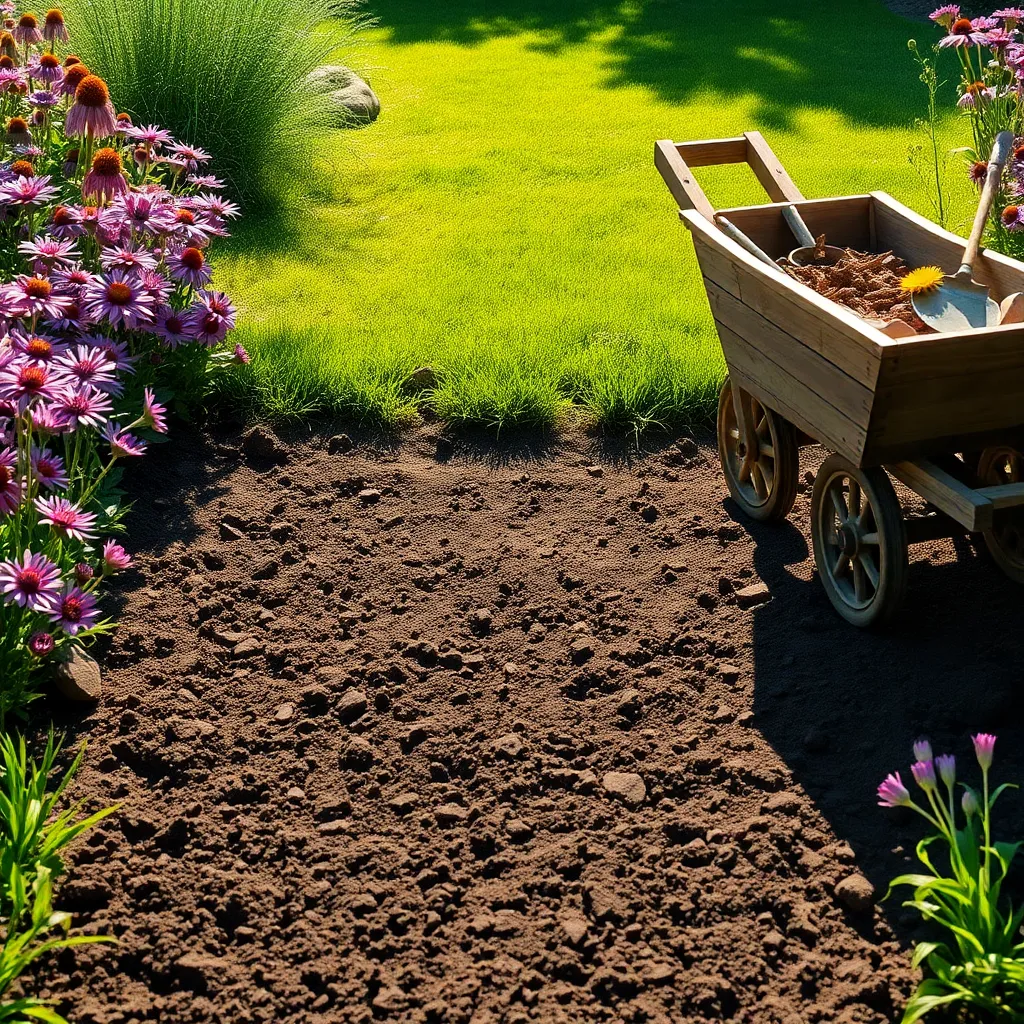
Before laying the path materials, it is crucial to prepare the ground surface properly. Start by marking the pathway outline using stakes and string, allowing you to visualize the path and adjust it if necessary.
Next, clear the pathway area of any existing vegetation to prevent future growth from disrupting your path. Use a spade or garden hoe to remove grass, weeds, and roots, ensuring a clean surface for the path installation.
Once the area is cleared, the next step is to level the ground to create a stable foundation. Use a rake to smooth out any uneven areas, and add or remove soil as needed to achieve a flat and even surface.
For added stability, consider compacting the soil using a hand tamper or a plate compactor. This step is especially important if you plan to install heavier materials like bricks or stones, as it helps prevent shifting and settling over time.
Lay Down Pathway Foundation
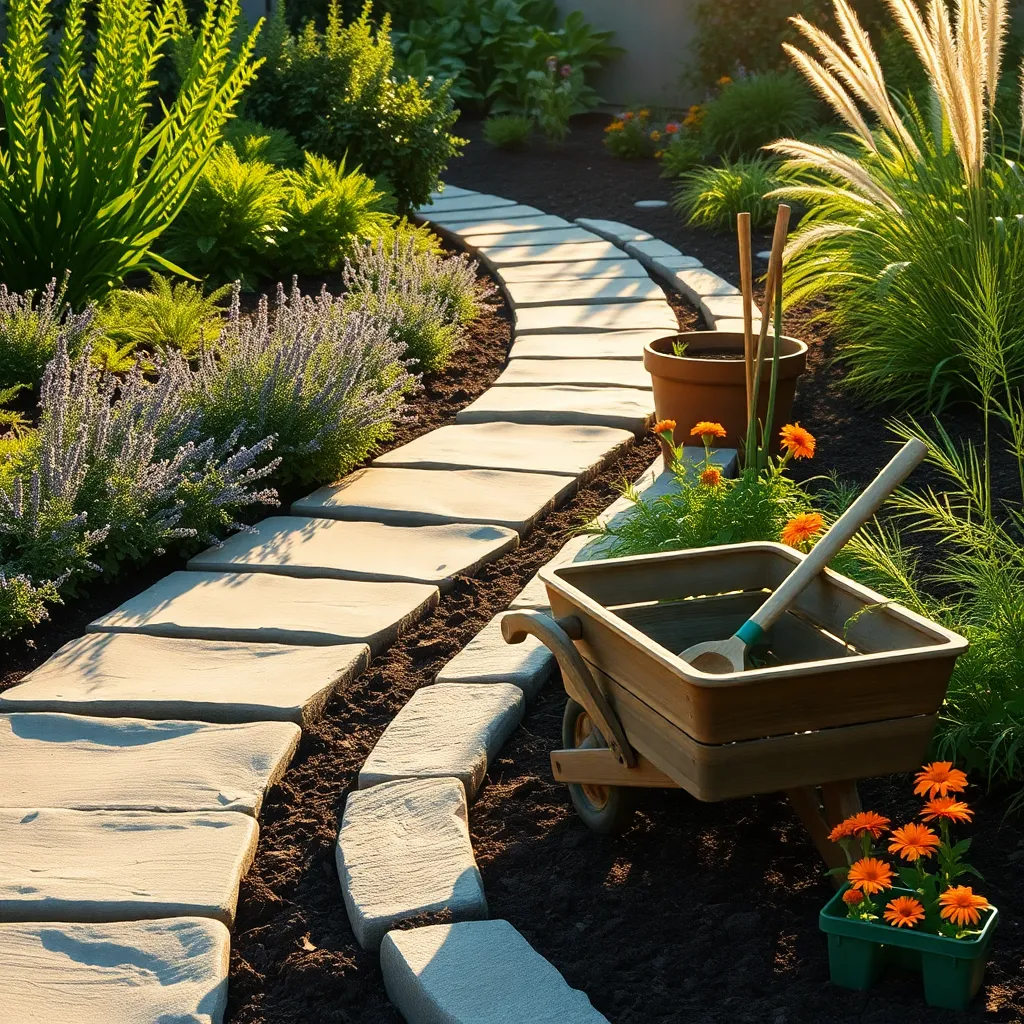
After preparing the ground surface, it’s time to lay down the pathway foundation. This step is crucial as it provides a stable base for the pathway materials, ensuring durability and longevity.
Begin by laying a layer of coarse gravel, approximately 4 to 6 inches thick, to promote proper drainage. Compact the gravel using a tamper or a plate compactor to create a solid base.
Next, add a layer of sand, about 1 to 2 inches thick, over the compacted gravel. The sand layer helps in leveling the surface, making it easier to lay the pathway materials evenly.
For those wanting extra stability, consider using a landscape fabric between the gravel and sand layers. This fabric prevents weed growth and helps maintain the integrity of your pathway over time.
Ensure the foundation is level and smooth before proceeding to lay the pathway materials. Use a long board or a screed to even out the sand, checking with a spirit level for accuracy.
Finally, slightly dampen the sand layer to help settle it in place. A light misting with a garden hose is sufficient, avoiding any heavy watering that might disrupt the even surface.
Incorporate Decorative Elements
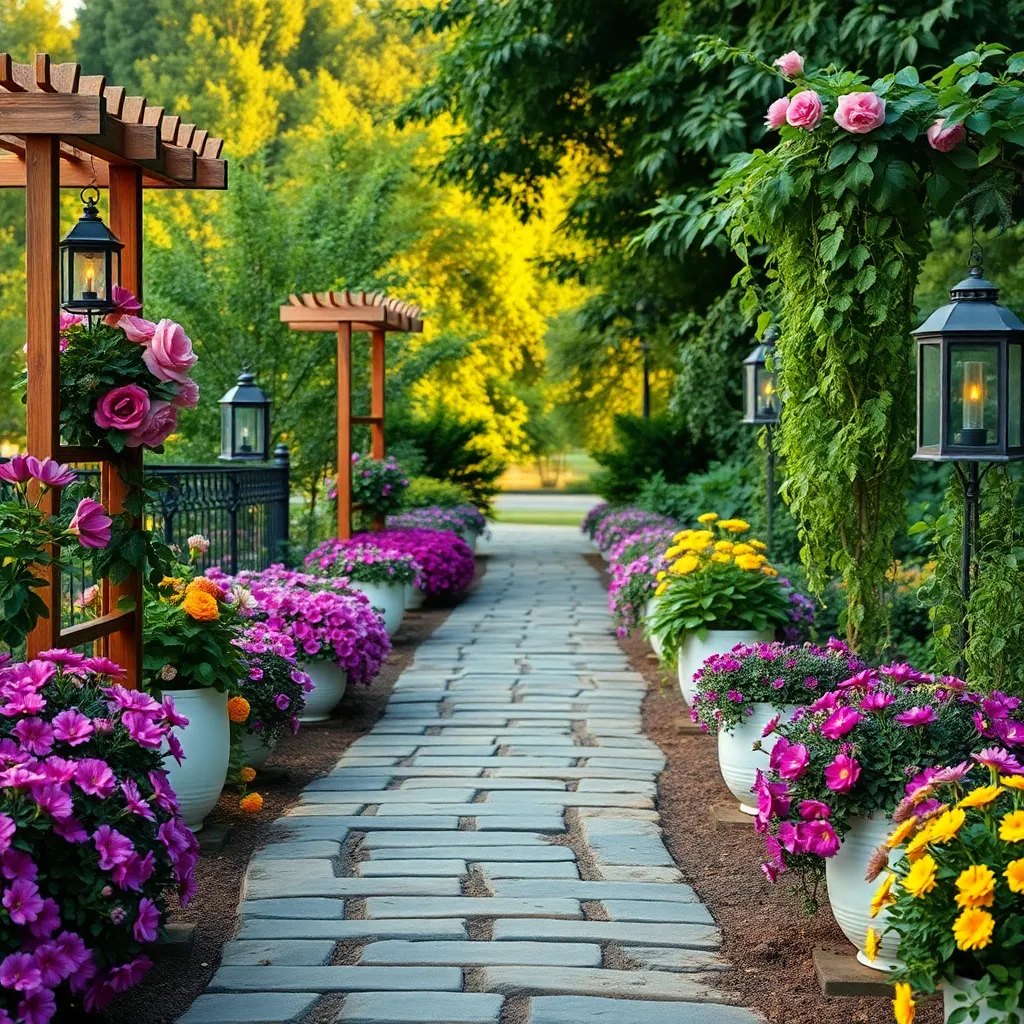
To enhance your garden pathway, consider incorporating decorative elements like garden statues or ornamental stones. These additions can serve as focal points, drawing the eye along the path and enhancing the overall aesthetic.
Position decorative items strategically to create visual interest without overwhelming the space. For example, placing a small birdbath or a set of ceramic mushrooms at a curve in the path can provide a delightful surprise for visitors.
In addition to static decorations, consider adding planters or pots with seasonal flowers to bring color and life to your pathway. Opt for hardy plants like marigolds or petunias, which thrive in a variety of conditions and require minimal care beyond regular watering and occasional deadheading.
Advanced gardeners might enjoy experimenting with living decorations such as creeping thyme or moss between pathway stones. These elements not only soften the look of hard surfaces but also release a pleasant aroma when walked upon, adding a sensory element to your garden strolls.
Conclusion: Growing Success with These Plants
As we navigate the journey of designing a beautiful garden pathway, five key relationship concepts emerge: communication, creativity, patience, maintenance, and appreciation. First, open dialogue with your partner or loved ones ensures that each voice is heard, laying the foundation for a shared vision. Second, harness your creativity to infuse personal touches into your pathway, mirroring the uniqueness of your relationship. Patience is essential as you allow your garden to flourish over time, just as relationships grow and strengthen with care. Regular maintenance, akin to nurturing your bond, ensures longevity and beauty. Finally, take time to appreciate the small details, celebrating your shared achievements.
As an actionable next step, gather your partner or family and sketch a preliminary design of your dream garden pathway, fostering collaboration and connection. Bookmark this article as your go-to guide for creating not only a stunning outdoor space but also a thriving relationship.
Remember, the seeds of effort you plant today will blossom into a flourishing relationship garden tomorrow. By saving this article, you equip yourself with the wisdom to continually nurture and enhance your relationships. Here’s to paving the path toward enduring relationship success!

